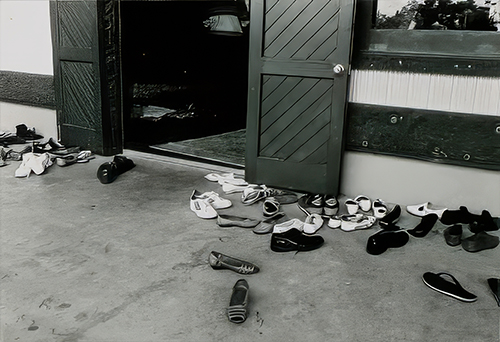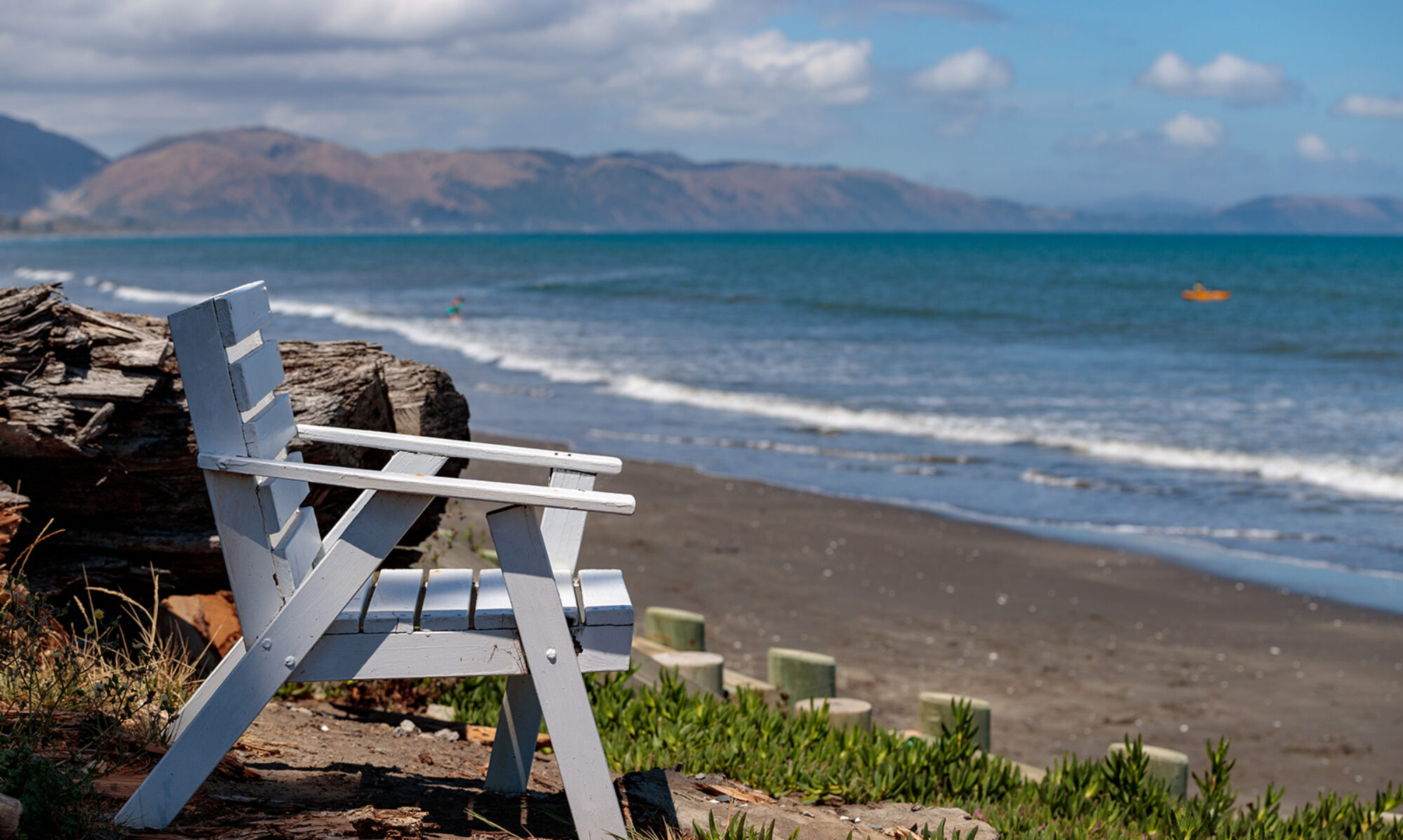
Go to a marae and before you enter the wharenui you will remove your shoes.
Shoes sit in front of the door to the wharenui (meeting house).
When visitors enter a wharenui they should remove their shoes and leave them at the door (though there are some wharenui in which shoes may be worn inside).
One explanation for this is that the dust from the marae ātea (courtyard), which is the domain of Tūmatauenga, the god of war, should not be brought into the wharenui, the domain of Rongo, the god of peace.
Another explanation is that the wharenui, also known as the whare tipuna (ancestral house), represents a tribal ancestor.
The tekoteko (carved figure on the gable of the house) is the head, the maihi (barge boards) are the arms, the tāhuhu (ridgepole) is the backbone and the heke (rafters) are the ribs.
Respect is shown for the tipuna (ancestor) by removing shoes.
We are who we are today due to those who have gone before us.
Family is where our stories begin.
When inside the whare tipuna we have entered “holy ground”.
Today’s first reading from the Book of Exodus is the story of the encounter between Moses and his God (Ex. 3: 1-8ff) .
“When the Lord saw him coming over to look at it more closely, God called out to him from the bush, “Moses! Moses!”
He answered, “Here I am.”
God said, “Come no nearer!
Remove the sandals from your feet, for the place where you stand is holy ground.
I am the God of your fathers, “he continued, “the God of Abraham, the God of Isaac, the God of Jacob.” (Ex. 3:4 6)
Abraham, Isaac, and Jacob are the tipuna of Moses; it is where his story began.
Their story is his story.
The story is “holy ground”.
